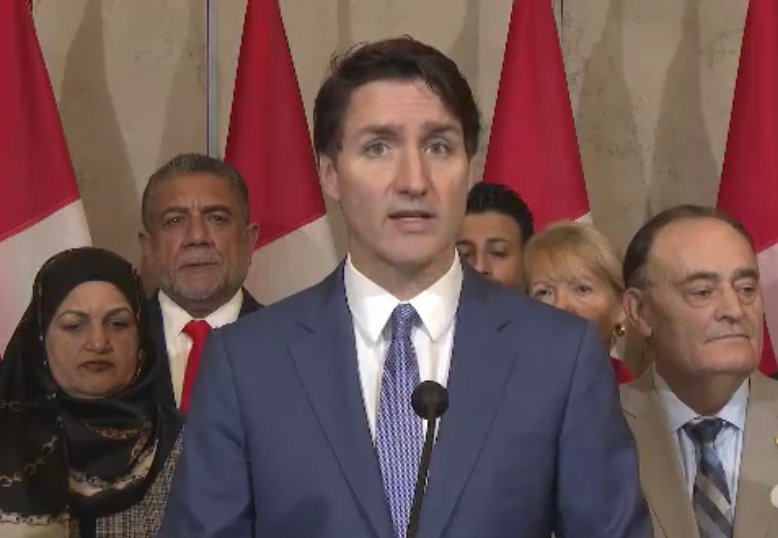
Ottawa — In a historic move, the Honourable Marc Miller, Minister of Immigration, Refugees and Citizenship, has unveiled the 2025–2027 Immigration Levels Plan, marking a shift toward pausing population growth temporarily in favor of long-term, sustainable growth. For the first time, the plan includes controlled immigration targets for temporary residents (international students and foreign workers) alongside permanent residents.
Immigration has been a cornerstone of Canada’s post-pandemic recovery, fueling economic growth and preventing a recession by attracting talented individuals from around the world. However, as the country faces pressures on housing, infrastructure, and social services, this transitional plan is designed to alleviate those stresses, ensuring the system remains well-managed while setting up newcomers for success.
-Key Targets for Permanent Residents:
– 2025: Reduced from 500,000 to 395,000
– 2026: Reduced from 500,000 to 380,000
– 2027: Target set at 365,000
These reductions reflect the government’s intention to manage population growth more cautiously. The plan anticipates a slight population decline of 0.2% in both 2025 and 2026 before growth resumes at 0.8% in 2027.
-Temporary Resident Reductions:
In line with efforts to streamline immigration, the government has announced a 5% target reduction in the temporary resident population by 2026. As a result, Canada’s temporary population is expected to decrease by:
– 445,901 in 2025
– 445,662 in 2026
– Followed by a modest increase of 17,439 in 2027
These changes include a cap on international students and tightened temporary foreign worker requirements, designed to ensure long-term economic prosperity while maintaining program integrity.
Other Notable Measures:
– Transitioning Temporary Residents : The plan focuses on converting skilled temporary residents already in Canada—international students and foreign workers—into permanent residents. These individuals, already integrated into society with housing and employment, will comprise 40% of total permanent resident admissions in 2025.
– Focus on Economic Growth: By 2027, 61.7%of permanent resident admissions will fall under the economic class, targeting key labor market sectors such as health and skilled trades.
– Strengthening Francophone Communities:
To bolster Francophone communities outside Quebec, Francophone immigration will represent 8.5%of total permanent resident admissions in 2025, increasing to 10% by 2027.
Minister Marc Miller emphasized that these reductions are part of a broader strategy to ensure ‘provinces, territories, and stakeholders’ can align their capacities with population growth, ultimately ensuring that both Canadians and newcomers can access ‘affordable housing, jobs, and social services’. The plan aims to create a sustainable immigration system that benefits all.

